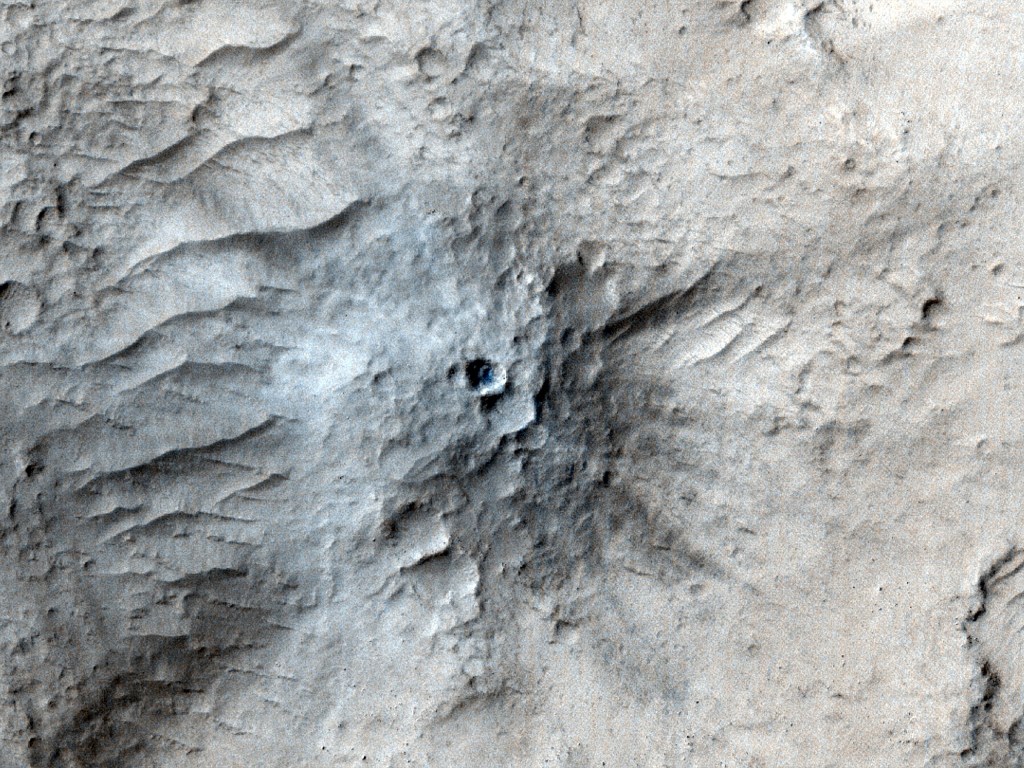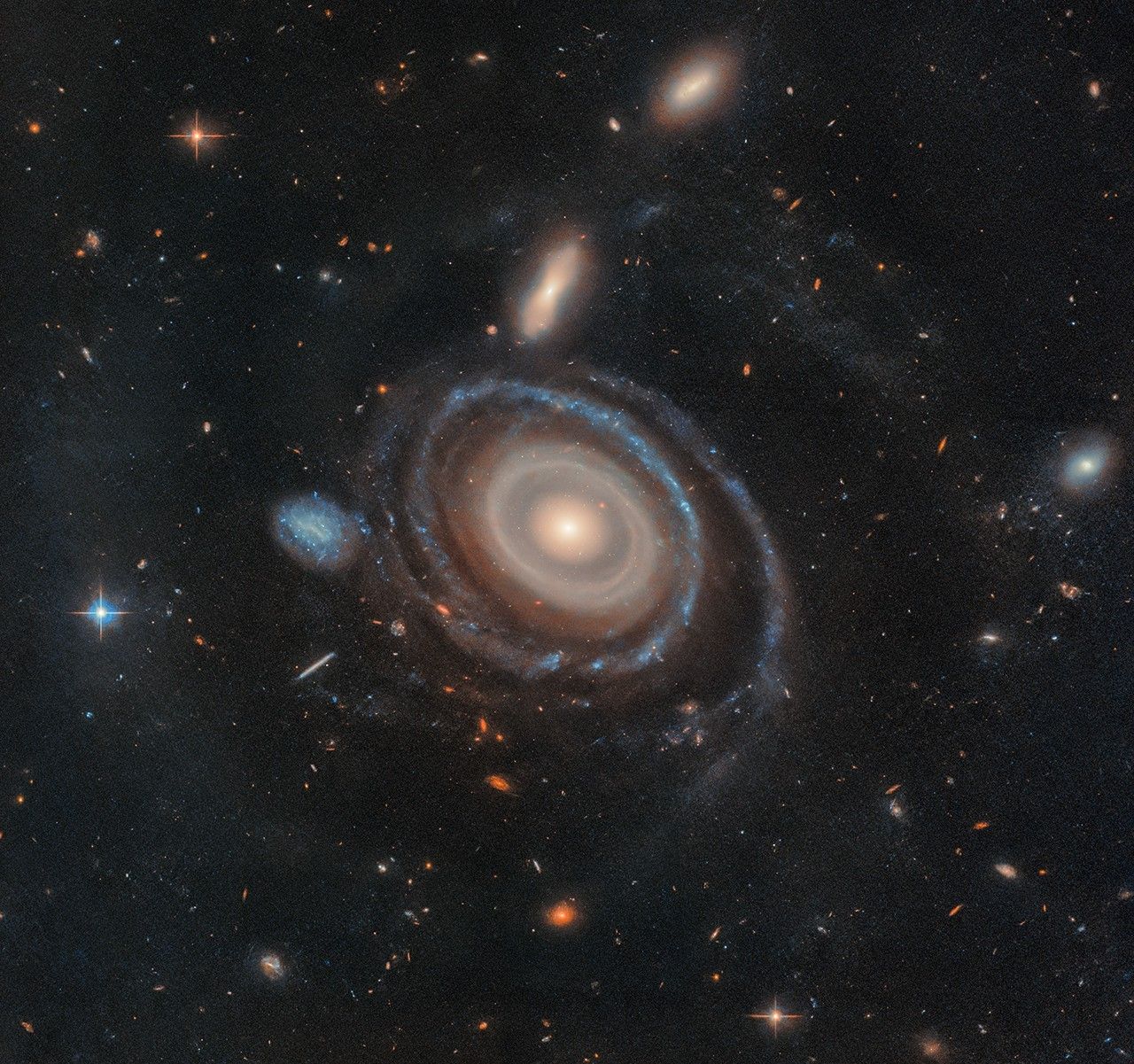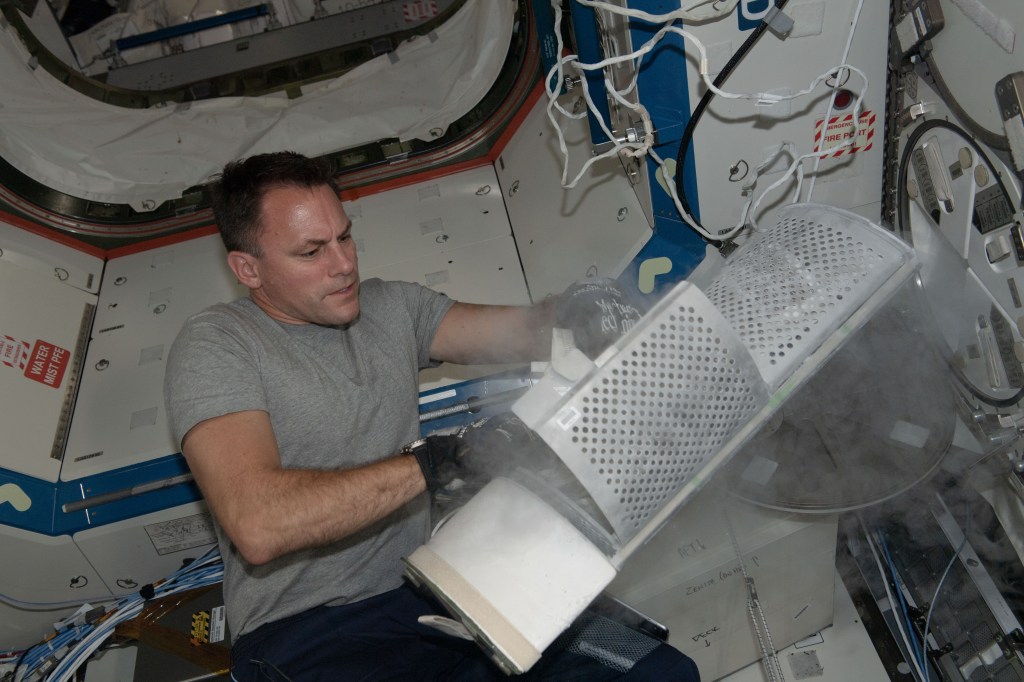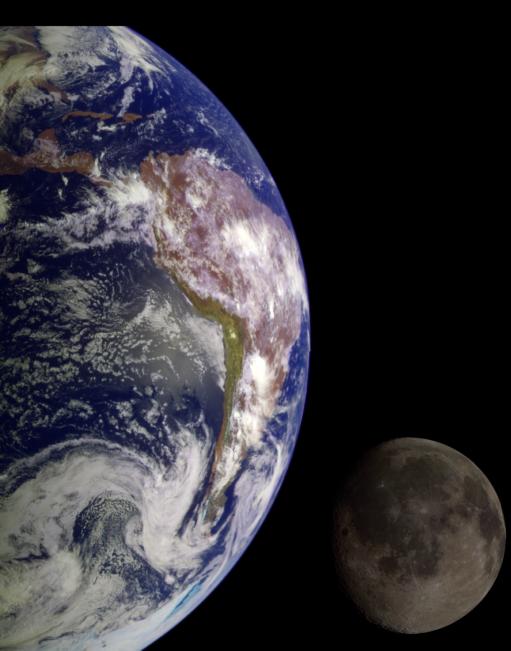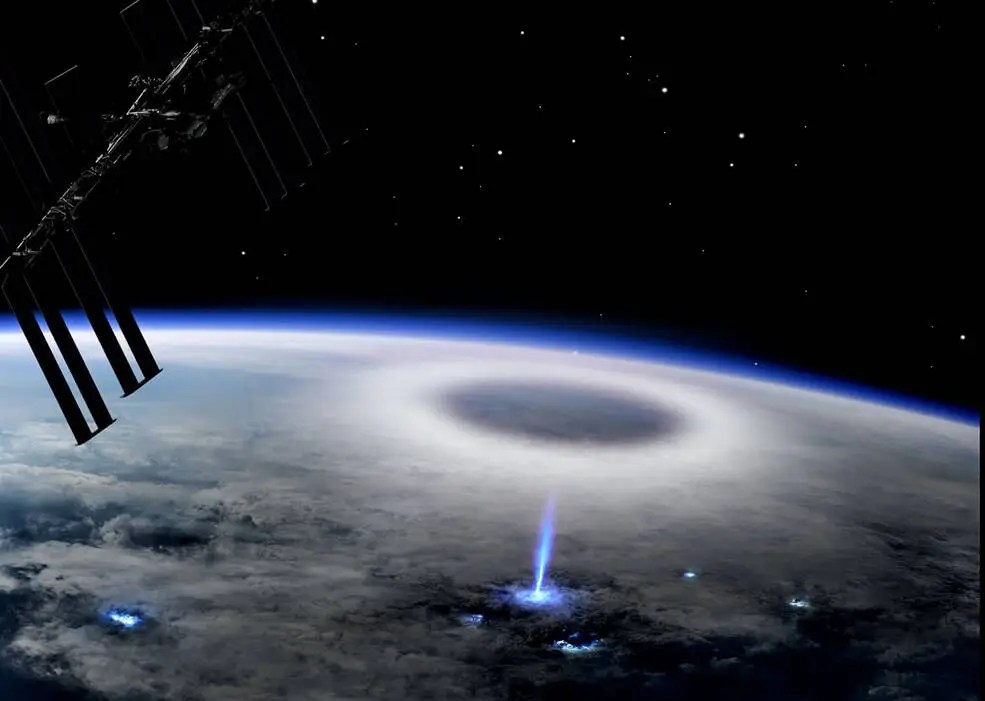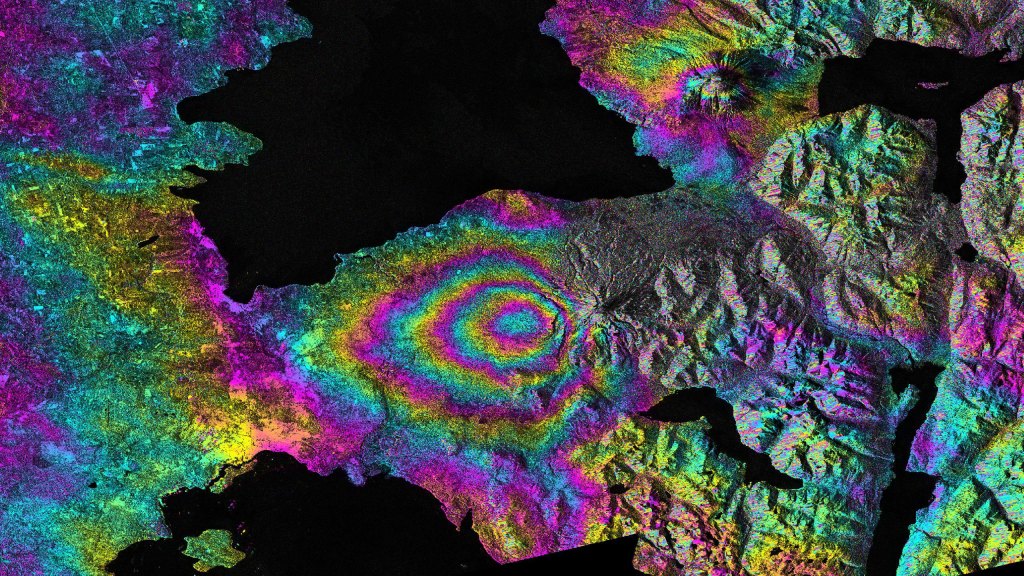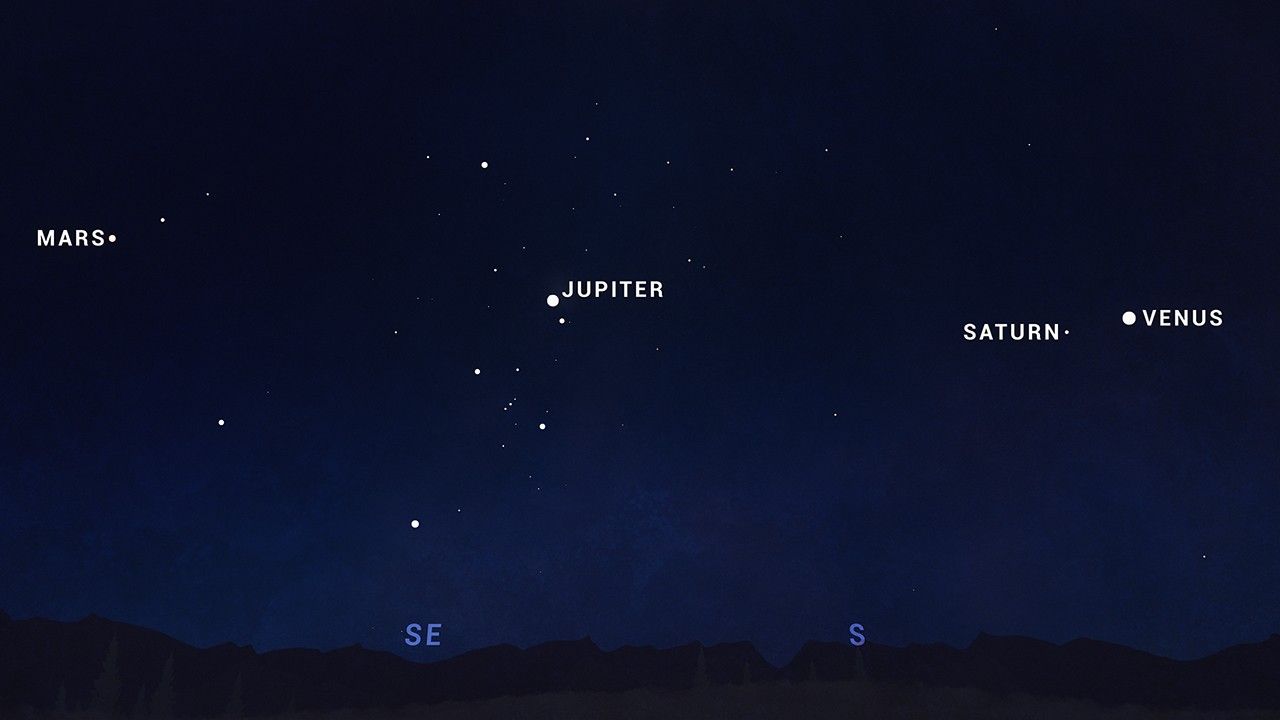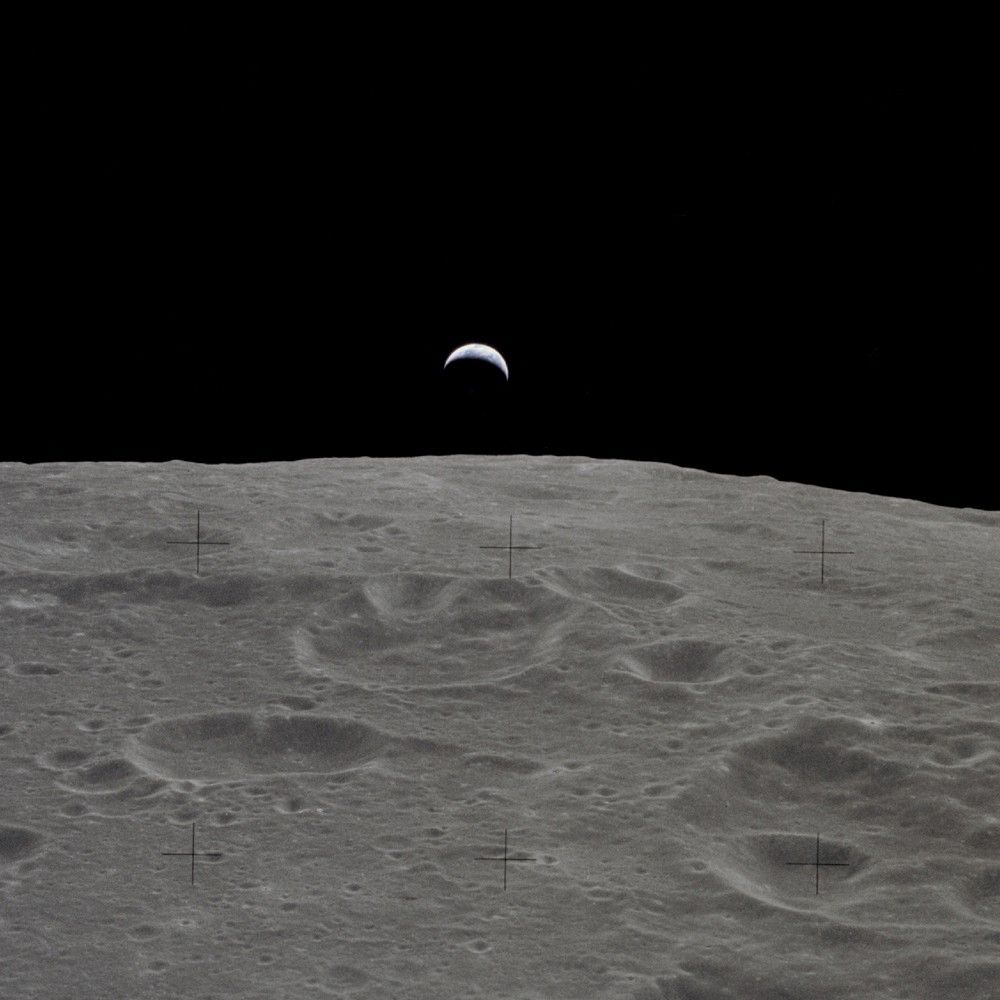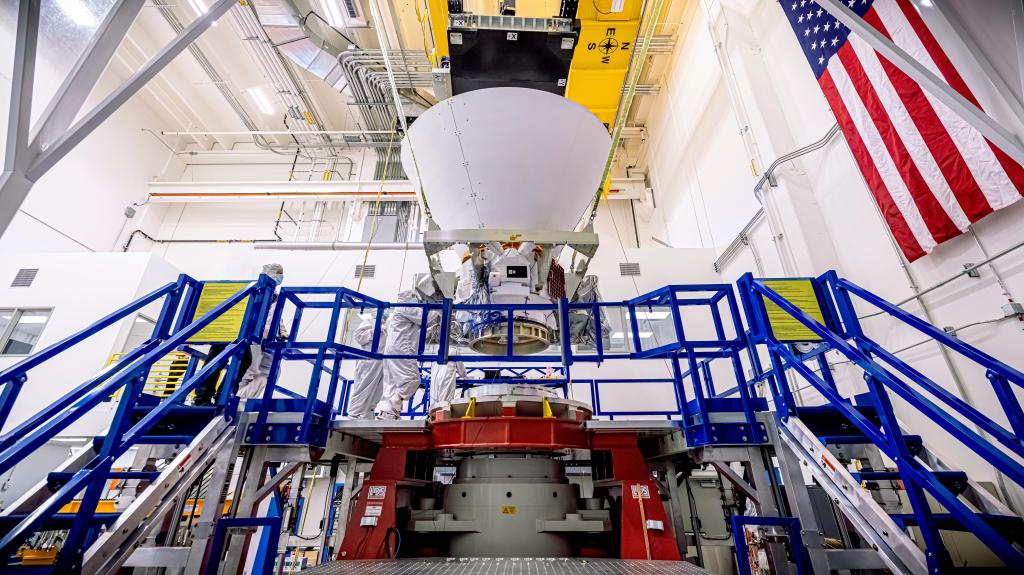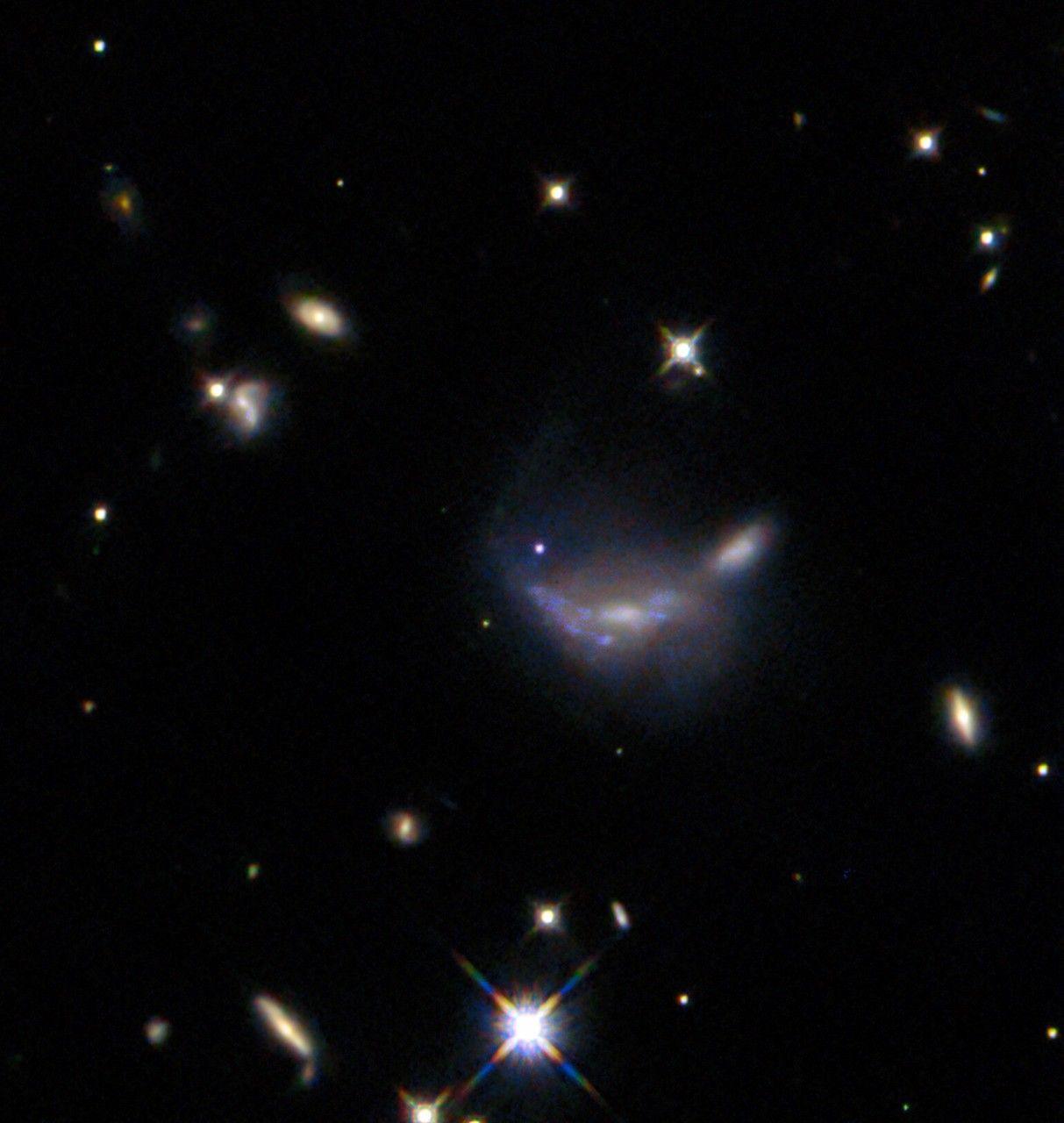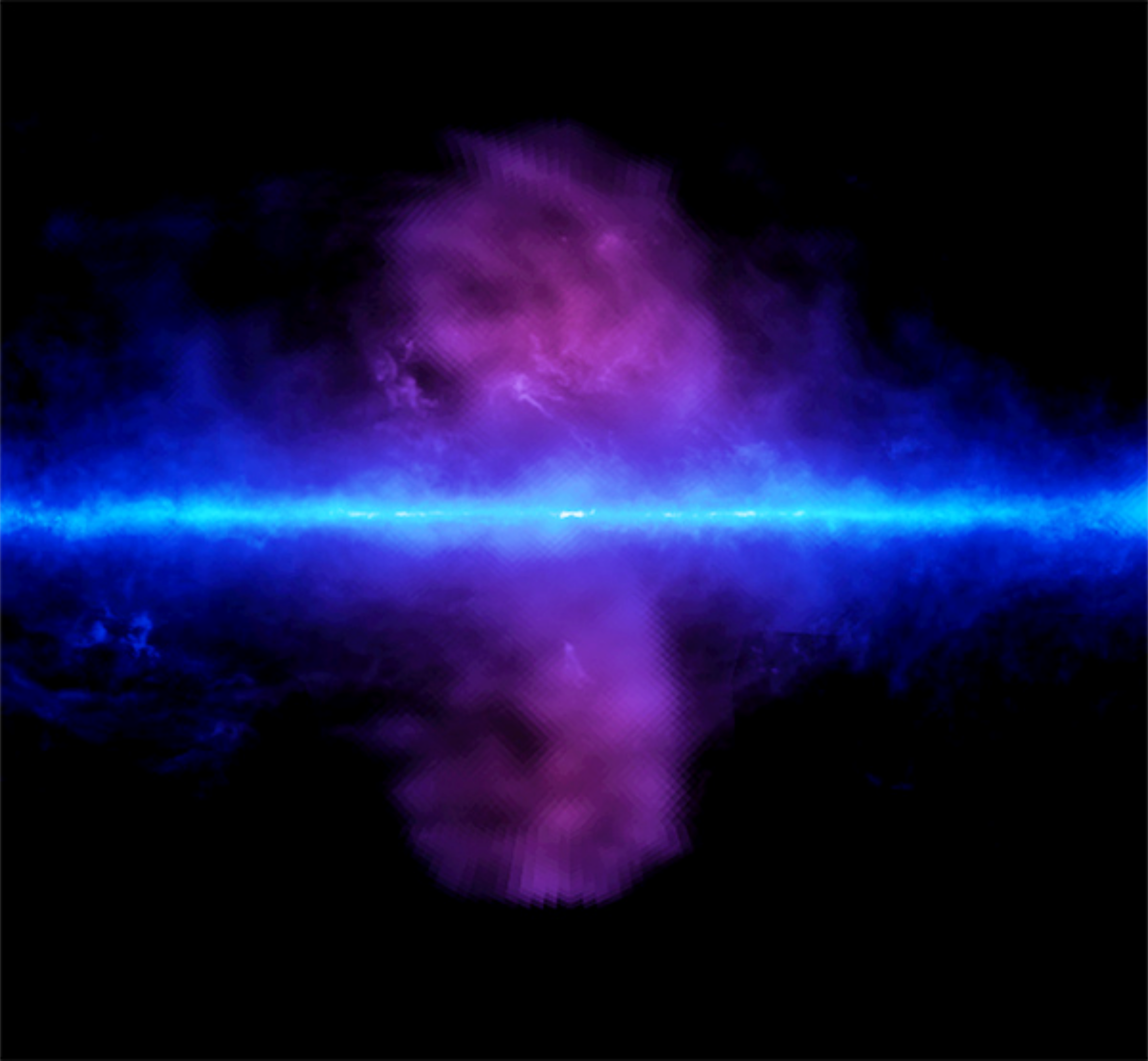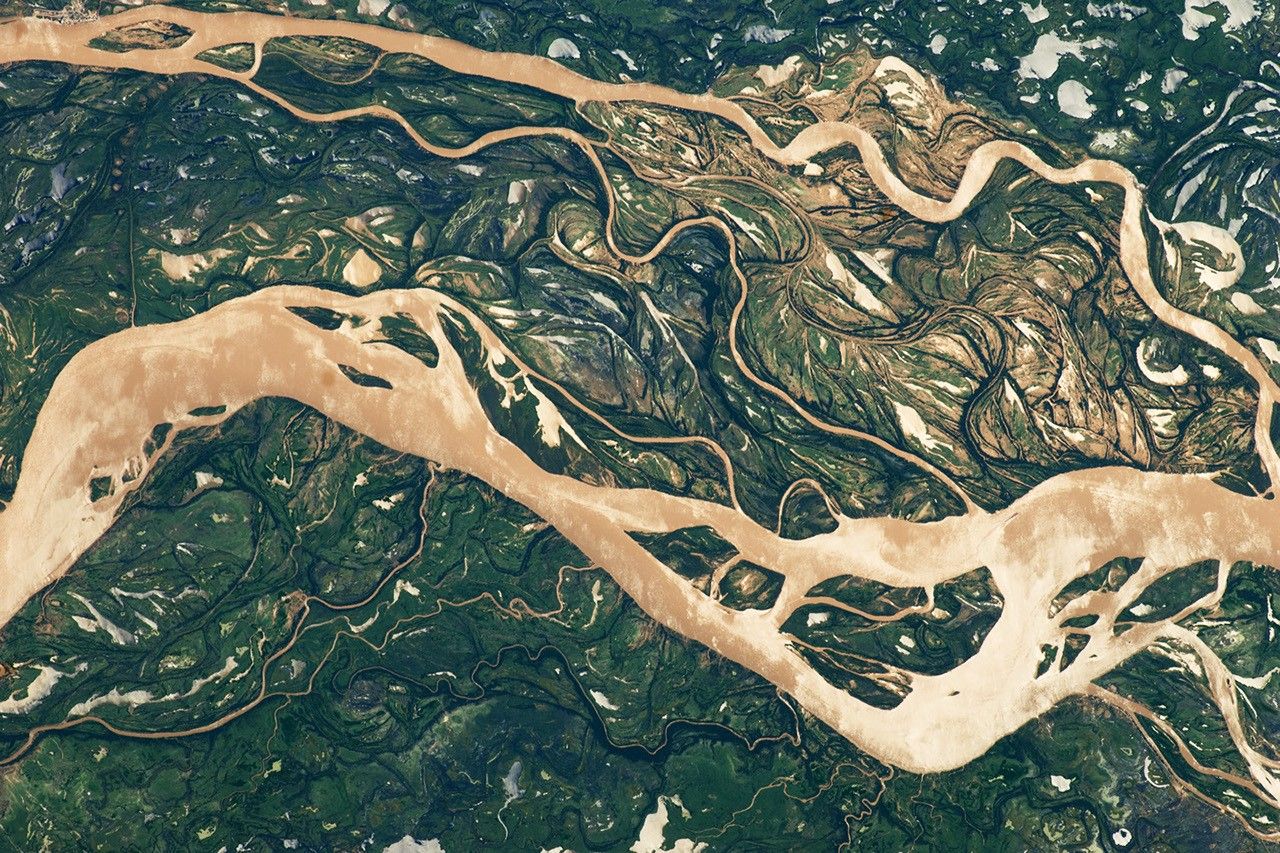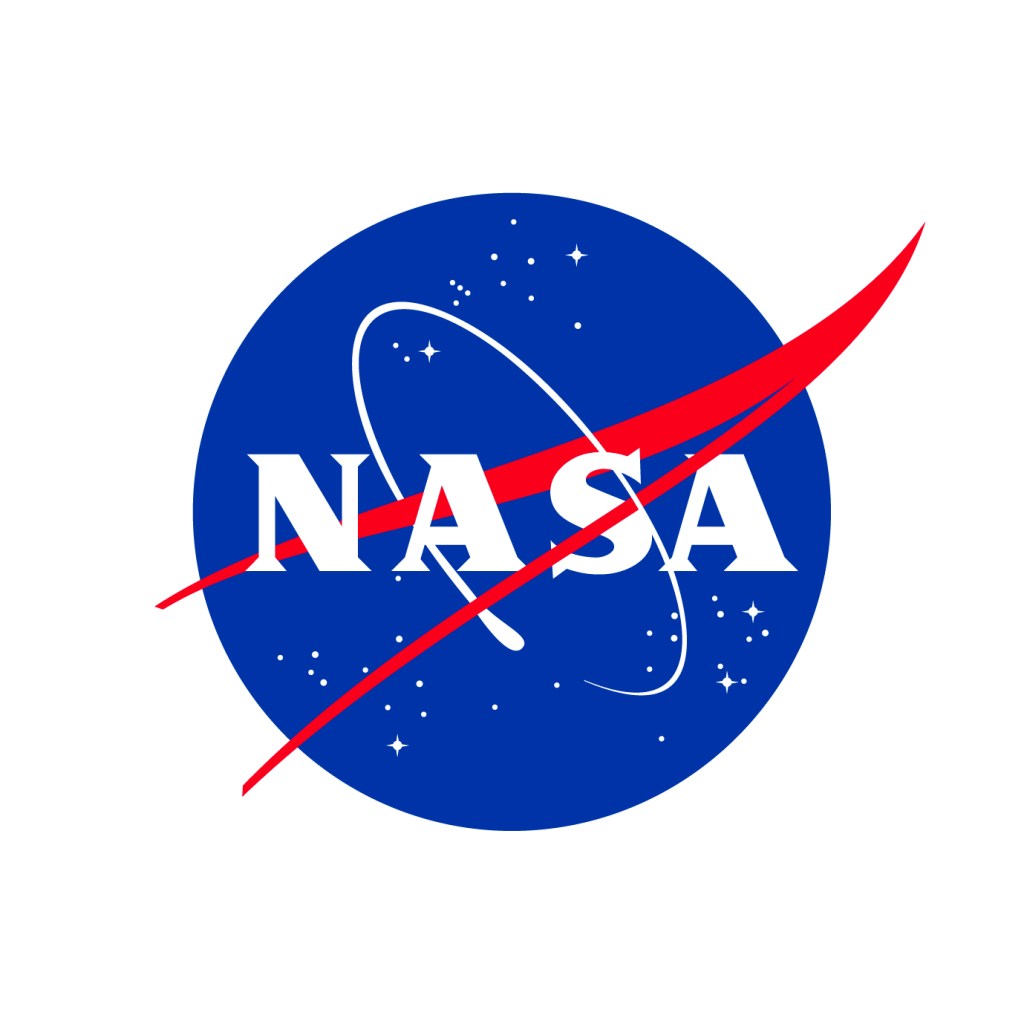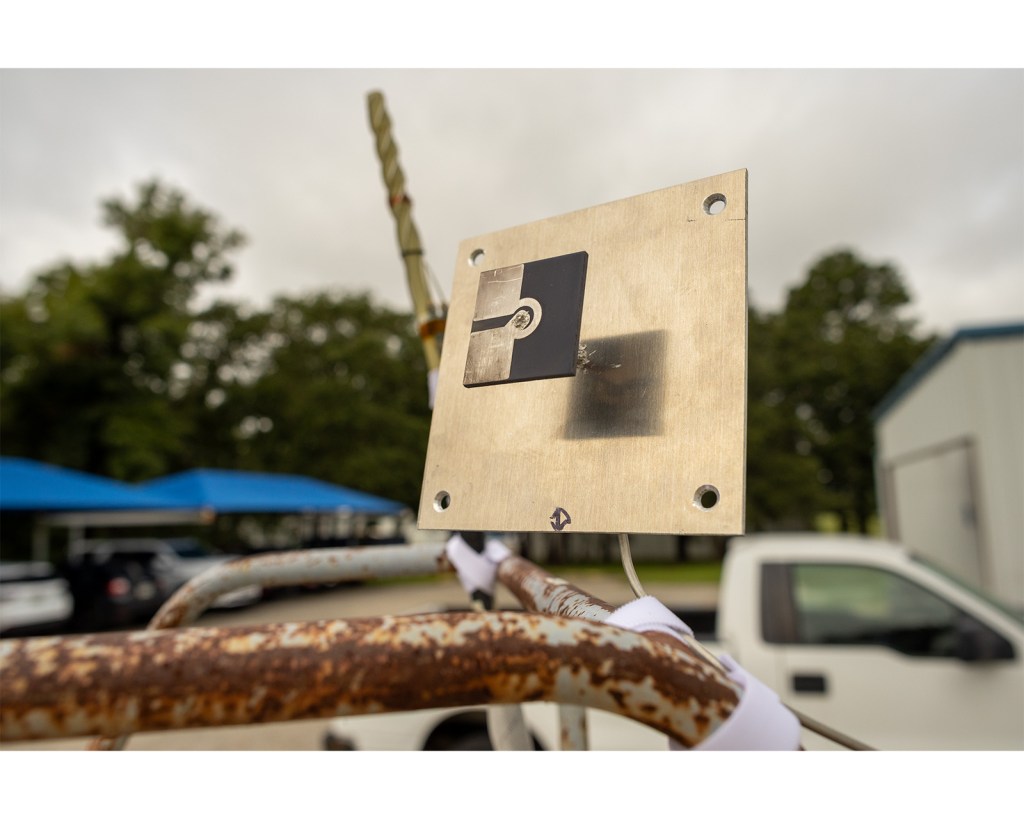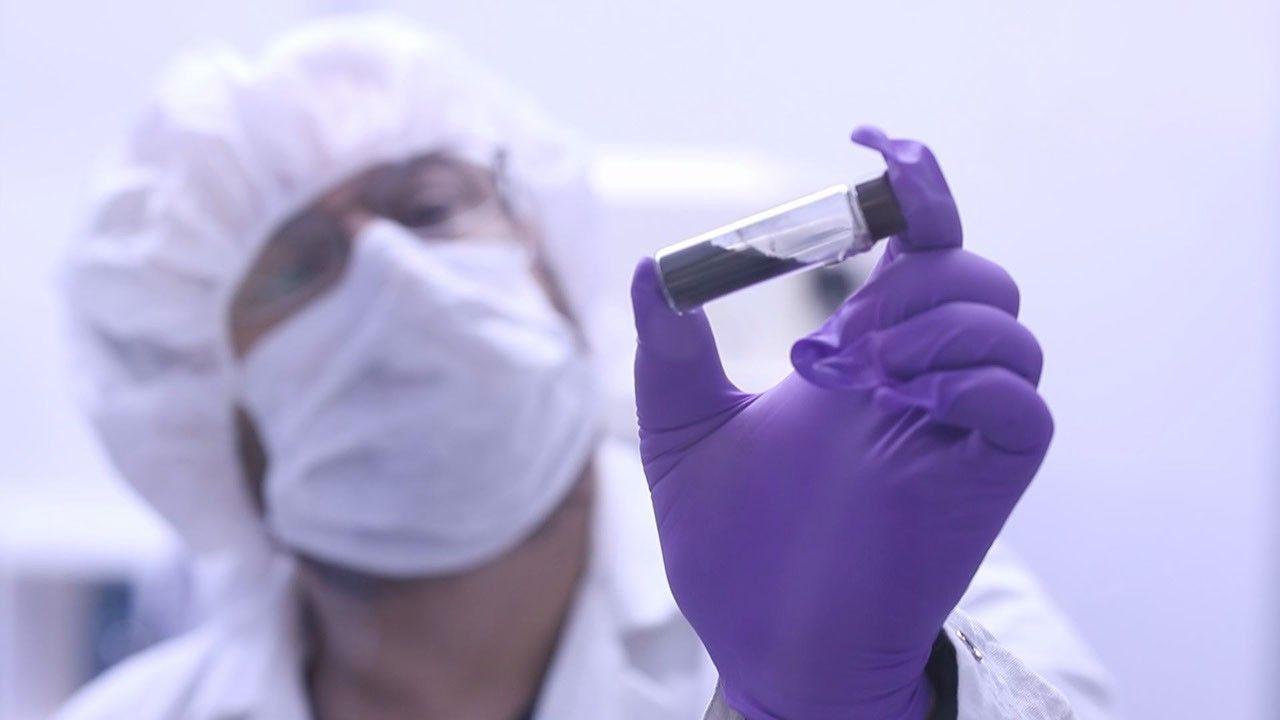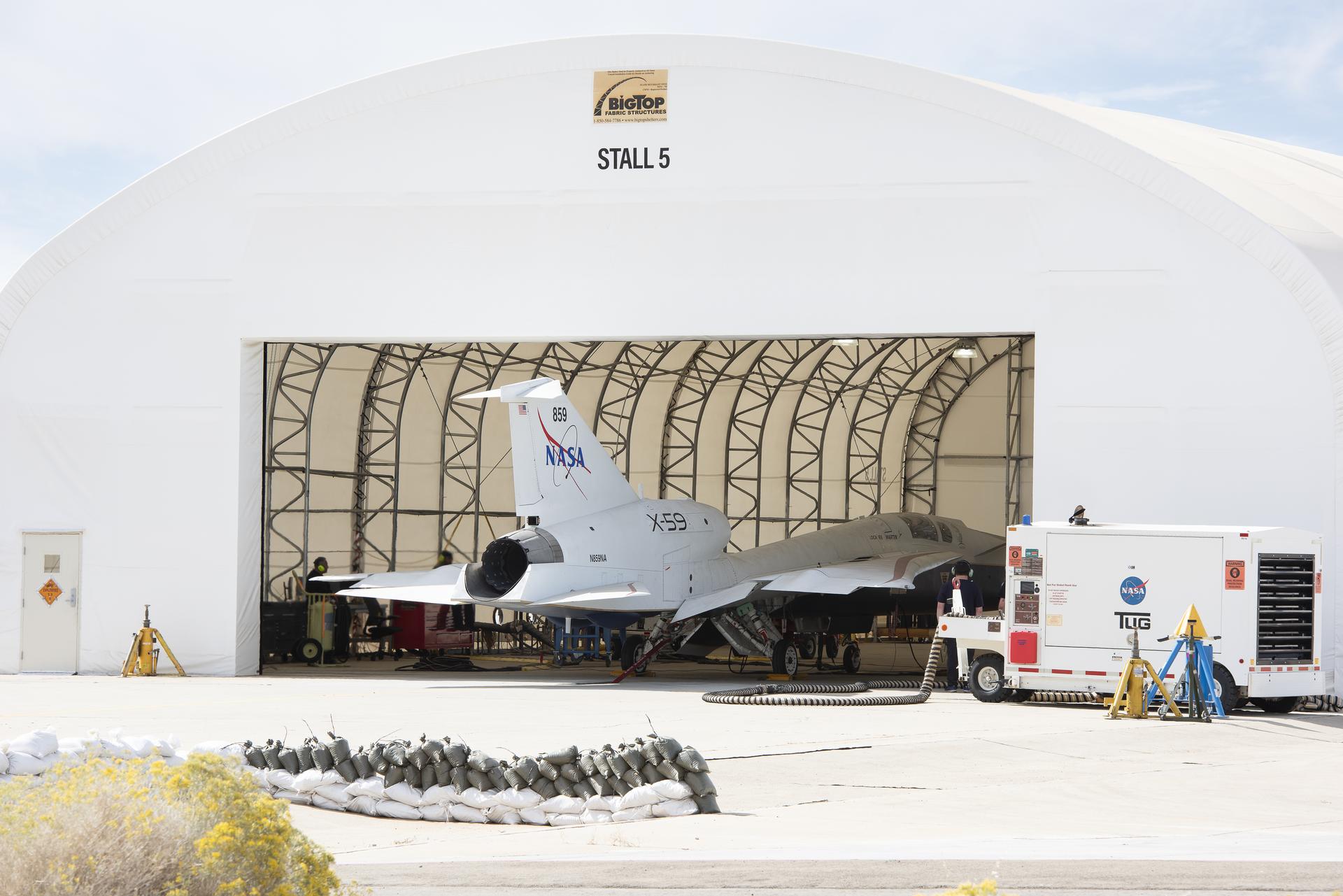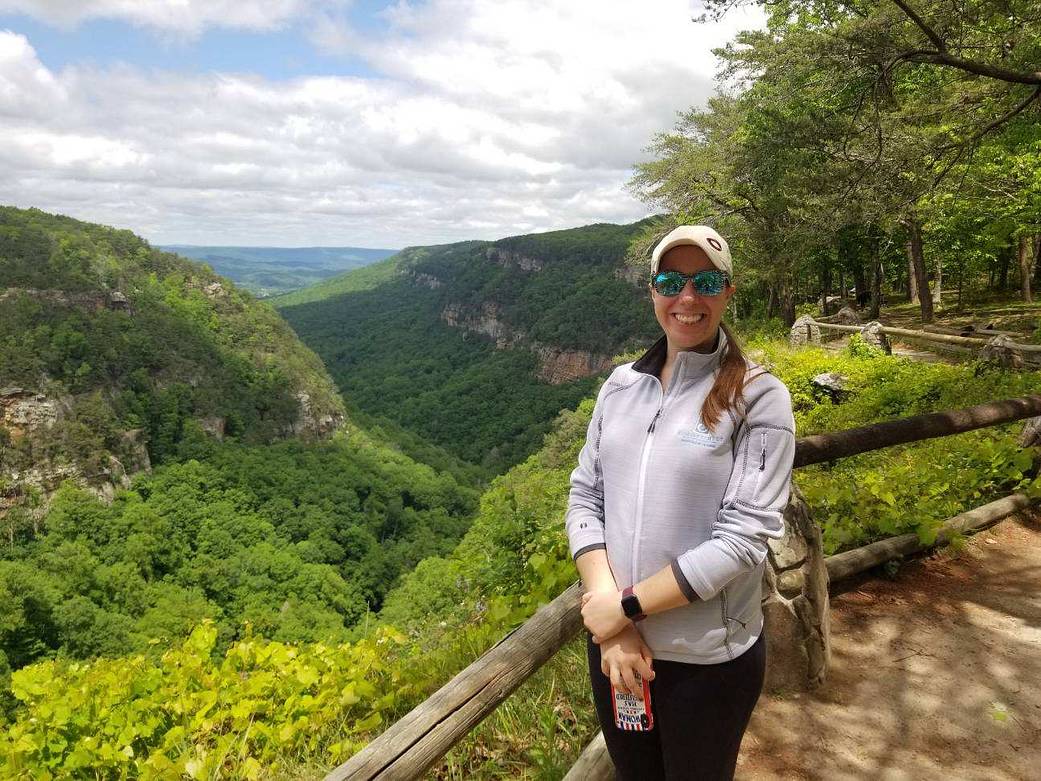
“It all started with my childhood terror of thunderstorms. The sound of thunder would send me running for flashlights, which I handed to my sister and my parents while giving them a safety briefing. My father got tired of the briefings, and he assured me that I didn’t need to worry about every clap of thunder because ‘weather people’ would provide plenty of warning time and tell the public when they need to take shelter. After that I used to call the local ‘weather people’ with questions, and with the advent of the internet, I could follow storms on radar online. The fear became more of a hobby. I would put off my studies to watch thunderstorms. Now I specialize in using sensors on Earth observation satellites to detect lightning and hail.
“I guess I am pretty ebullient. In the past I was chastised for being bubbly. Some people seemed to think that scientists are only reserved and terse, and that there wasn’t space for someone like me. I overheard a little boy at church say, ‘Sarah Bang is loud.’ But I believe in being yourself.
“When I was in the first year of my master’s program and had been dwelling on how difficult the program was, I went on a road trip from Oklahoma to Wisconsin with a friend. We travelled through Joplin, Missouri, a few days after the deadly May 22, 2011, tornado. I was heartbroken by the devastation I saw, and it hit me that this is my calling — the kind of work I must do. If I can contribute in some way to the research on severe storms, I owe it to storm victims to devote my skills and energy to help.”
– Dr. Sarah Bang, Research Scientist, Earth Science Branch, NASA’s Marshall Space Flight Center
Image Credit: NASA / Sarah Bang
Interviewer: NASA / Dauna Coulter

